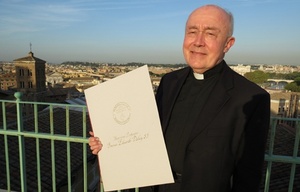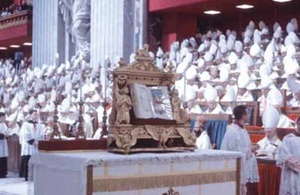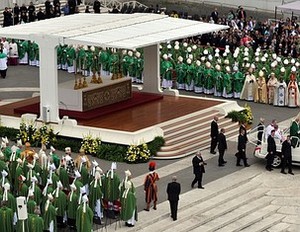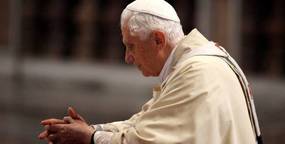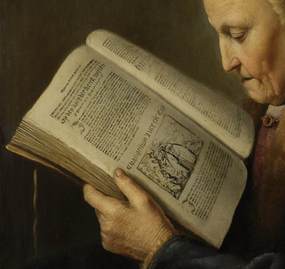
The Pope's homily at the close of the Synod of Bishops on the New Evangelization.
The miracle of the healing of blind Bartimaeus comes at a significant point in the structure of Saint Mark's Gospel. It is situated at the end of the section on the "journey to Jerusalem", that is, Jesus' last pilgrimage to the Holy City, for the Passover, in which he knows that his passion, death and resurrection await him. In order to ascend to Jerusalem from the Jordan valley, Jesus passes through Jericho, and the meeting with Bartimaeus occurs as he leaves the city - in the evangelist's words, "as he was leaving Jericho with his disciples and a great multitude" (10:46). This is the multitude that soon afterwards would acclaim Jesus as Messiah on his entry into Jerusalem. Sitting and begging by the side of the road was Bartimaeus, whose name means "son of Timaeus", as the evangelist tells us. The whole of Mark's Gospel is a journey of faith, which develops gradually under Jesus' tutelage. The disciples are the first actors on this journey of discovery, but there are also other characters who play an important role, and Bartimaeus is one of them. His is the last miraculous healing that Jesus performs before his passion, and it is no accident that it should be that of a blind person, someone whose eyes have lost the light. We know from other texts too that the state of blindness has great significance in the Gospels. It represents man who needs God's light, the light of faith, if he is to know reality truly and to walk the path of life. It is essential to acknowledge one's blindness, one's need for this light, otherwise one could remain blind for ever (cf. Jn 9:39-41).
